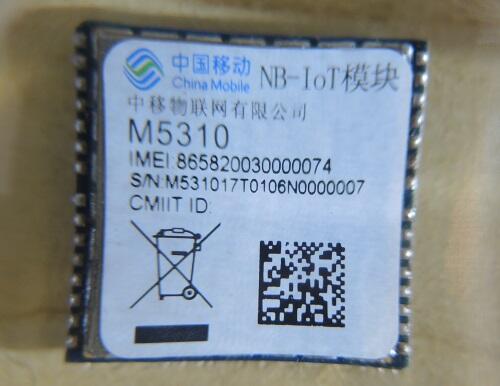Cellular Puts IoT on Speed Dial
Article By : Rick Merritt

Carriers laid out their plans for cellular IoT variants LTE-M and NB-IoT at last week’s Mobile World Congress Americas, putting pressure on unlicensed rivals Sigfox and LoRa.
SAN JOSE, Calif. — Carriers are driving aggressively into cellular IoT, with China Telecom leading the way with narrowband IoT (NB-IoT). They are playing a game of catch-up that some expect they will win with low-power wide-area (LPWA) alternatives led by Sigfox and LoRa that had a two-year-plus head start.
That was the picture from the Mobile World Congress Americas, where each side made the case for its play in the emerging Internet of Things. “It feels like we are on the cusp of an IoT explosion,” said Karri Kuoppamaki, vice president of technology development and strategy at T-Mobile, which aims to roll out an NB-IoT network in the U.S. by June.
“What’s next and key is showing an ROI in real networks,” said Hardy Schmidbauer, chief executive of TrackNet, a startup launched this year using LoRa and Wi-Fi for asset tracking.
“Carriers would like to wipe out their LPWA competitors, and I believe they will,” said Michael Murphy, CTO in North America for Nokia. “There is zero doubt [that] carriers view this as one of their most important goals.”
China Telecom appears to be in the lead with millions of users on a national network that it switched on in June for NB-IoT that supports 20- to 60-Kbit/s data rates over 200-KHz channels. The carrier charges as little as $3 a year for data, and its hardware suppliers such as Huawei and ZTE say that they soon will be able to deliver NB-IoT modules for less than US$5, said Qi Bi, chief technical officer for China Telecom.
“We ran out of devices; people are lined up … I think NB-IoT will take off big time in China,” he said.
China Telecom was surprised by two early adopters — bike-sharing companies such as Mobike and companies monitoring rented washers and dryers in apartment complexes. “We thought our major app was meters, but bikes became one of our biggest customers,” he said. “The IoT space is full of adventures and surprises.”
China Telecom also supports LTE-M, which supports data rates up to 1 Mbit/s but is less efficient, using about 1.4-MHz channels. LTE-M will mainly serve wearables and will likely cannibalize smartphone revenues, he said.
The carrier has seen its average revenue per user stay flat from 2G to LTE generations. It hopes that NB-IoT breaks with past trends, opening up new revenue streams by offering “better battery life, lower cost and better coverage” than LTE-M, he added.
Subscribe to Newsletter
Test Qr code text s ss



